9Our Lineage
- The Reordering Works Related to the Progress of the Order and Our Lineage
One day in 1903, Sangje remarked, “I have ordered a divine being to seek out a Perfected Being who, at present, is only nine years old.” At that time, Doju, the Lord of the Dao was nine years old.
On a spring day in 1909 when Sangje was residing in Donggok Clinic, He solidified the Progress of the Order and remarked, “I will send the line of Dao-unification to the Great Head. He will instruct people in the ways of Dao-unification. When it is the right time, all the deities of Dao-unification from Confucianism, Buddhism, and Daoism shall gather enabling people to achieve Unification with the Dao, according to their degree of individual cultivation. Therefore, how could I justly preside over it and carry it out by Myself?”
- The Fountainhead of Our Order and the Dao of the Two Mountains
“There is a saying that when your pulse ceases, you die. Follow the Fountainhead (Yeonwon).”
“The principles of Heaven and Earth originates in Water element of 1 and 6 (an association from I-Ching numerology). Therefore, both the Yellow River Chart and the Luo River Inscription in the Former World, embracing the principle of change, surfaced out of water. This same principle is also shown in how the Golden-hued Icon of Maitreya at Geumsan-sa Temple was uniquely enshrined over the lingering water energy from the Yongchu Pool (Dragon Pool), and that enshrinement alludes to our Fountainhead.”
Just as water is the source of all things in the universe, the Fountainhead is the origin of all truth and life in the universe.
“Vinaya Master Jin-Pyo filled Yongchu Pool (Dragon Pool) with charcoal and enshrined the icon of Maitreya atop a cauldron at Geumsan-sa Temple. This also refers to illuminating the origin of the Dao by implying the truth of the two mountains, Jeungsan and Jeongsan.”
The icon of Maitreya at Geumsan-sa Temple was enshrined atop a cauldron at the location where there had once been a body of water called Yongchu Pool (Dragon Pool) which was later filled in with charcoal to be converted into usable land. Enshrined on top of a cauldron, this icon of Maitreya can be understood as a steamer (siru or jeung). To the left and right of that icon, there are two pairs of icons depicting attendant buddhas. The icons of Maitreya and two attendant buddhas form the shape of the Chinese character for mountain (山). To the sides of those icons of attendant buddhas, are small icons of bodhisattvas, and altogether the five icons make the shape of the Chinese character meaning ‘to go forth (出).’ That character is made by writing two mountains in a stacked formation. This alludes to the ‘Two Mountains.’ The Maitreya in between the pair of attendant buddhas forms a mountain (山) which symbolizes Sangje whose honorific name was ‘Jeungsan (甑山).’ This is conveyed because ‘Jeung (甑 steamer)’ is being combined with ‘San (山 mountain).’ The cauldron (sot or jeong), which supports the steamer, symbolizes Doju (the Lord of the Dao) whose honorific name was Jeongsan, Jeong (鼎 cauldron) combined with San (山 mountain). Here too, another mountain (山) is formed because of the pair of bodhisattva icons on the left and right. Sangje sometimes referred to the golden-hued icon of the Maitreya enshrined at Geumsan-sa Temple as ‘Yangsan-do (兩山道, Two Mountain Dao)’ and compared it with a folk song named ‘Yangsan-do (陽山道, Sunlight Mountain Way)’ which was popular at the time. This comparison is an allusion that illuminates the ‘Truth of the Two Mountains’ as the ‘root of the Dao.’ Sangje also taught, “I shall enter Geumsan-sa Temple. If you would like to see Me, come to the temple.” This teaching meant that Dao cohorts should seek the ‘Truth of the Two Mountains: Jeungsan and Jeongsan.’
甑山
Jeungsan
Jeung meaning ‘steamer’ or ‘siru’ in Korean
鼎山
Jeongsan
Jeong meaning ‘cauldron’ or ‘sot’ in Korean
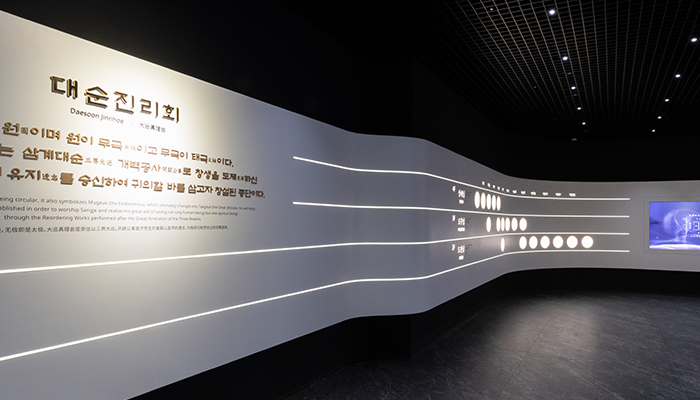
1The Fountainhead
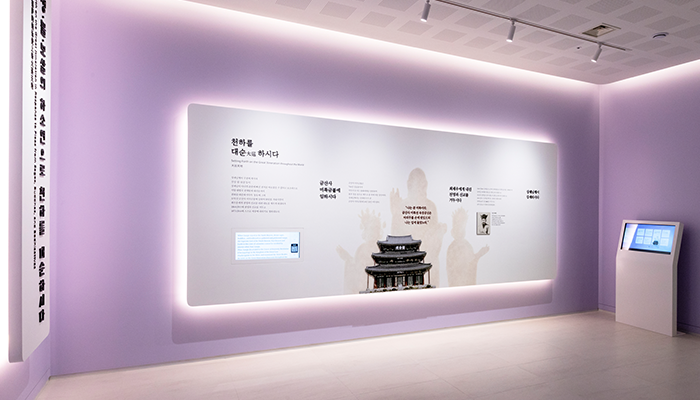
2Setting Forth on the Great Itineration in Response to Pleas from...
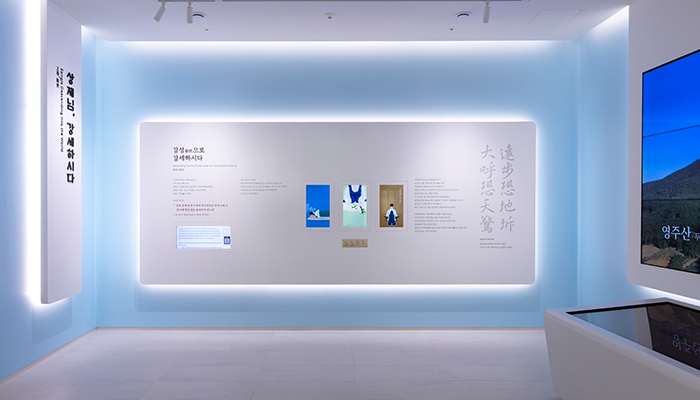
3Sangje Descending into the World
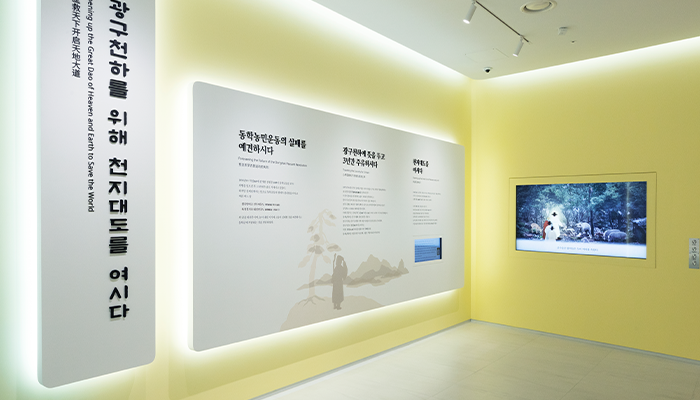
4Opening up the Great Dao of Heaven and Earth to Save the World
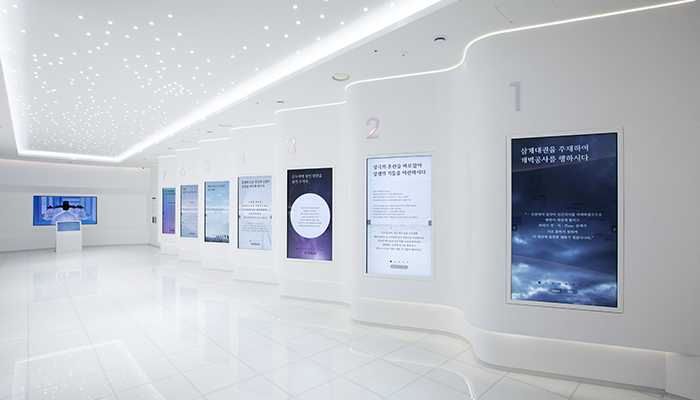
5Opening the Age of Mutual Beneficence by Resolving Grievances
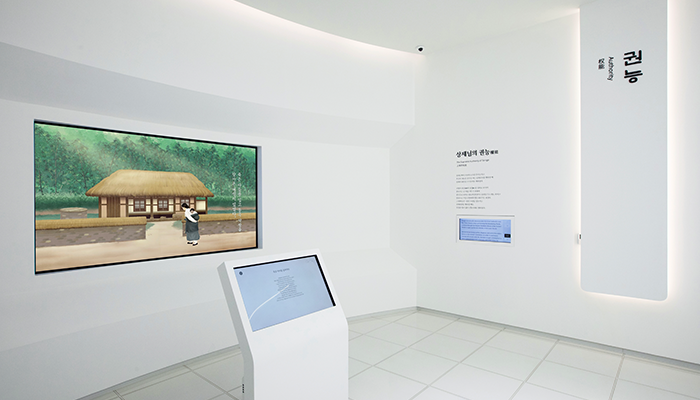
6Authority
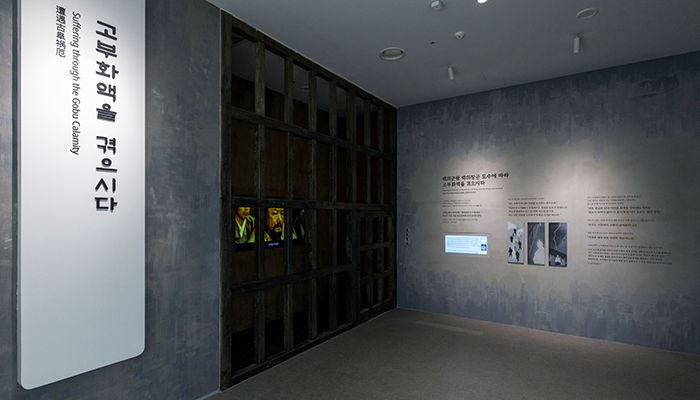
7Suffering through the Gobu Calamity
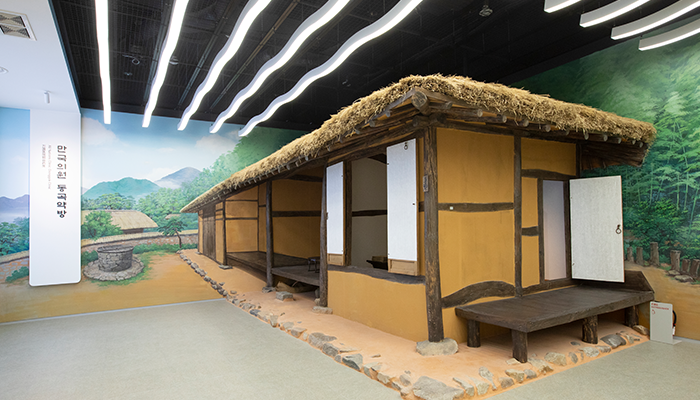
8All Nations Clinic: Donggok Clinic
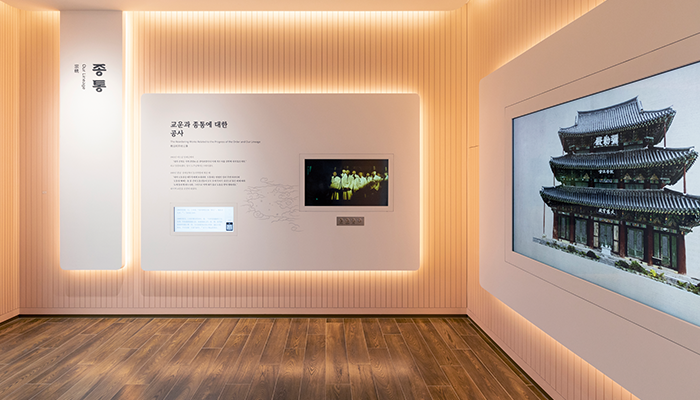
9Our Lineage
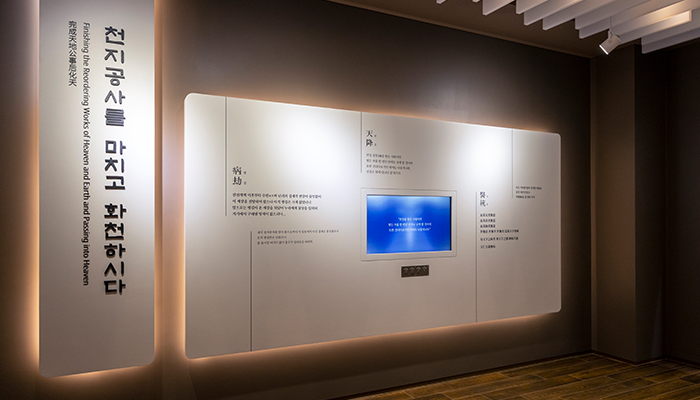
10Finishing the Reordering Works of Heaven and Earth and Passing into Heaven



